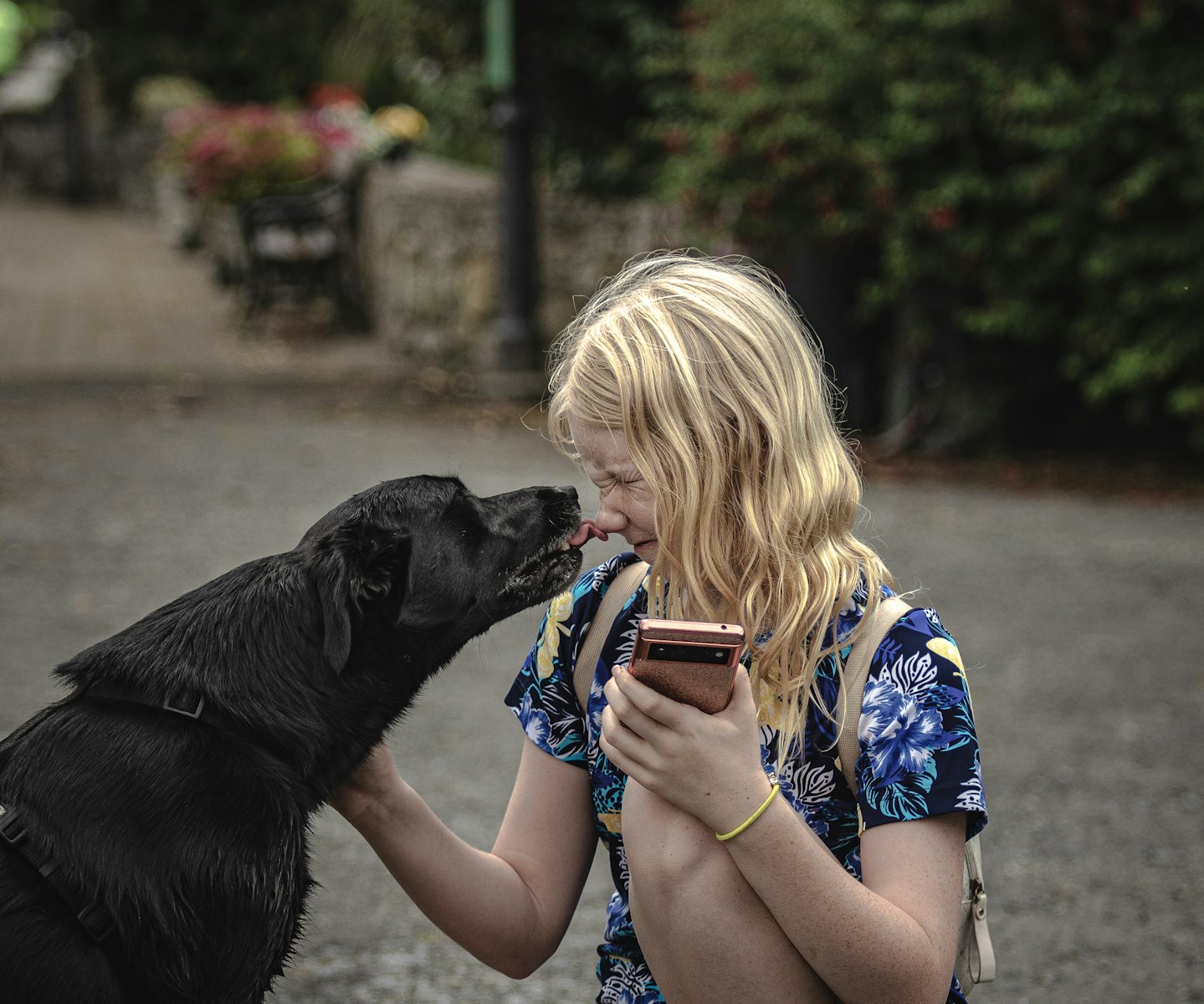Have you ever wondered what your dog’s sleeping habits reveal about their comfort and behavior? Understanding canine sleeping behavior can be a fascinating way to gain insights into your furry friend’s well-being.
Decoding your pup’s sleeping spot can help you create a more comfortable and secure environment. By examining dog sleeping habits and understanding the where dog sleeps meaning, you can better understand their needs and preferences.
As a dog owner, understanding the psychology behind your dog’s sleeping habits can be incredibly rewarding. It can help you identify areas for improvement and make informed decisions about their care.
The Psychology Behind Your Dog’s Sleeping Habits
Dogs often have unique sleeping habits that are influenced by a mix of instinct, comfort, and learned behaviors. Understanding these habits can provide valuable insights into your dog’s psychological state and overall well-being.
How Dogs Choose Their Sleeping Spots
Dogs choose their sleeping spots based on factors like comfort, security, and familiarity. They often prefer soft, comfortable surfaces like beds or couches.
What Sleep Positions Reveal About Your Dog
The position in which your dog sleeps can reveal a lot about their temperament and comfort level. For instance, dogs that sleep on their backs are often very relaxed and feel secure.
Where Dog Sleeps Meaning: Common Locations Decoded
Canine sleeping locations can vary greatly, and decoding these choices can enhance our understanding of their behavior. Dogs often choose sleeping spots based on factors such as comfort, security, and habit.
In Your Bed or Bedroom
When dogs sleep in their owner’s bed or bedroom, it can be a sign of trust and affection. This proximity to their owners provides them with a sense of security and comfort. It’s also a common indicator of a strong bond between the dog and the owner.
Near the Door or Window
Dogs that prefer sleeping near a door or window may be motivated by a desire to be vigilant or to enjoy the view. This behavior can be linked to their natural instinct to monitor their surroundings. Sleeping near a window can also provide them with a sense of connection to the outside environment.
Under Furniture or in Enclosed Spaces
Some dogs prefer to sleep under furniture or in enclosed spaces, which can make them feel safe and protected. This behavior is often seen in dogs that are anxious or seeking solitude.
In Multiple Spots Throughout the Day
Dogs that sleep in multiple locations throughout the day may be adapting to their environment or following their natural instinct to roam. This flexibility in sleeping arrangements can be a sign of a dog’s ability to adjust to different situations.
| Sleeping Location | Possible Meaning |
|---|---|
| In Your Bed or Bedroom | Sign of trust and affection |
| Near the Door or Window | Vigilance or enjoyment of the view |
| Under Furniture or in Enclosed Spaces | Feeling safe and protected |
| In Multiple Spots Throughout the Day | Adaptability and flexibility |
Factors Influencing Your Dog’s Sleeping Preferences
Several factors contribute to your dog’s sleeping preferences, including breed, size, temperature, comfort, security, and anxiety. Understanding these factors can help you tailor your dog’s sleeping environment to meet their specific needs.
Breed and Size Considerations
Different breeds and sizes of dogs have unique preferences when it comes to sleeping. For example, larger breeds may prefer more spacious areas, while smaller breeds might be comfortable in cozier spaces. Providing a suitable sleeping area based on your dog’s breed and size is crucial for their comfort.
Temperature and Comfort
Temperature and comfort play a significant role in your dog’s ability to sleep soundly. Ensuring that your dog’s sleeping area is at a comfortable temperature can improve the quality of their sleep. A comfortable temperature can significantly enhance your dog’s sleep quality.
Security and Anxiety
Security and anxiety are also crucial factors that influence your dog’s sleeping preferences. Dogs that feel secure and safe are more likely to sleep better. Creating a secure sleeping environment can help reduce your dog’s anxiety and promote better sleep.

| Factor | Influence on Dog’s Sleep | Owner’s Action |
|---|---|---|
| Breed and Size | Affects preferred sleeping space | Provide suitable sleeping area |
| Temperature and Comfort | Impacts sleep quality | Maintain comfortable temperature |
| Security and Anxiety | Influences ability to fall asleep | Create a secure environment |
Creating the Ideal Sleeping Environment for Your Dog

Understanding where your dog sleeps and what it means is crucial in creating an optimal sleeping environment. By decoding your dog’s sleeping habits and preferences, you can ensure they get the quality sleep they need.
To create an ideal sleeping environment, consider factors such as breed, size, temperature, and comfort. For instance, some breeds require more space to stretch out, while others prefer cozy, enclosed spaces. Ensuring your dog’s sleeping area is comfortable and secure can significantly improve their sleep quality.
By understanding dog sleeping patterns and addressing their specific needs, you can promote a restful and rejuvenating sleep experience for your dog. This not only enhances their overall well-being but also strengthens the bond between you and your pet.





